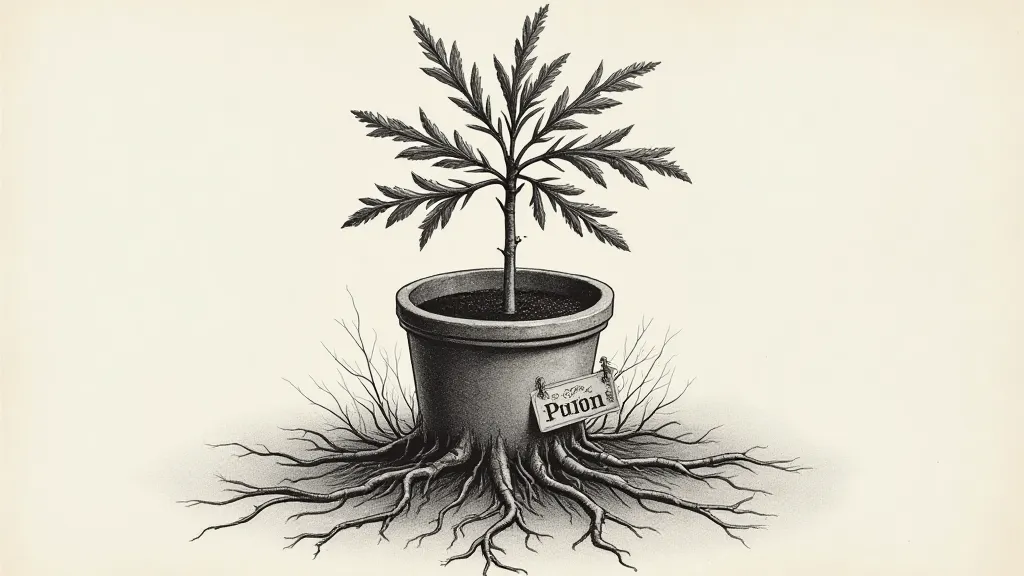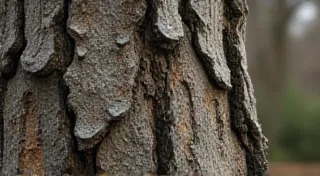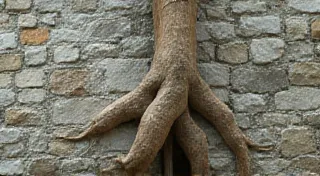Whispers of the Soil: Capturing Roots and Their Stories
Botanical illustration, at its heart, isn't just about rendering the visible beauty of a flower or leaf. It's about understanding, respecting, and translating the intricate language of a plant. And that language extends far beyond the blooms and foliage – it runs deep, anchoring the plant to the earth, a silent testament to resilience and the unseen processes of life. This is the world of roots, a realm often overlooked, yet vital to the entire narrative of a plant's existence. Capturing them in pen and ink requires a shift in perspective, a willingness to delve into the shadowy world beneath the surface, and an appreciation for the artistry woven into their very structure.
I remember the first time I truly appreciated the complexity of roots. I was a young aspiring artist, obsessed with painting vibrant wildflowers. Roots were just…brown scribbles supporting the flowers. My instructor, a seasoned botanical artist with a quiet intensity, gently chided me. “Look closer,” she’s say, "They tell a story.” It was a revelation. Suddenly, these seemingly simple structures revealed themselves as intricate networks, each root radiating out, branching, exploring, a subterranean map of survival.
The Historical Context: Roots in Scientific Illustration
The depiction of roots in botanical illustration isn't a recent phenomenon. From the meticulously detailed illustrations in early herbals to the precise renderings found in scientific journals, roots have held a place in the visual record of the plant kingdom. Think of the illustrations by Maria Sibylla Merian, whose works, while famed for their floral depictions, also included surprisingly accurate (for their time) portrayals of root systems, vital for understanding the propagation and medicinal uses of plants.
Early scientific illustrators were often tasked with providing visual records for herbalists and physicians. The precise depiction of root systems, including the number of lateral roots, the thickness of the taproot, and the presence of nodules (often indicative of symbiotic relationships with bacteria), was crucial for identification and understanding the plant's properties. These illustrations weren't just aesthetically pleasing; they were essential tools for knowledge.
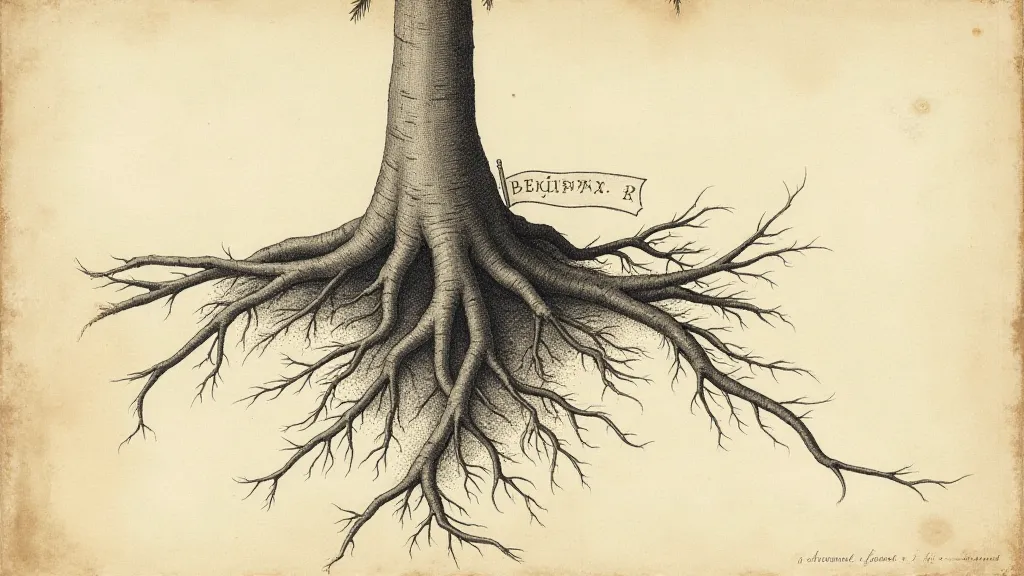
Rendering the Root Structure: A Pen and Ink Approach
So, how do we translate this complexity into a pen and ink illustration? It starts with observation. Don’t just look at a photograph or diagram. If possible, examine a real root system – whether carefully excavated from a potted plant or seen in a dissection. Pay attention to the varying thicknesses, the points where roots branch, and the overall pattern they form. Roots aren’t uniform; they’re shaped by the soil conditions, the plant’s genetics, and the resources available.
One of the key challenges is creating a sense of depth and three-dimensionality with a single, static medium. Varying the pressure you apply to your pen nib is crucial. Heavier pressure will create darker lines, suggesting areas closer to the viewer, while lighter pressure will create lighter lines, receding into the background. Cross-hatching, a technique where you layer lines to create tonal variation, is also incredibly effective. The denser the hatching, the darker the tone.
Consider the negative space. The areas *around* the roots are just as important as the roots themselves. Allowing some of the paper to show through creates a sense of lightness and helps to define the forms. Don’t be afraid to erase lines, or to redraw sections until you achieve the desired effect. Botanical illustration isn’t about perfection; it’s about conveying accurate information and capturing the essence of the plant.
Texture and Detail: The Silent Language of the Soil
Roots aren’t smooth surfaces. They’re often gnarled, twisted, and covered in fine details – root hairs, fungal hyphae, and even tiny nodules. These details, often overlooked, add to the realism and beauty of the illustration. Don’t feel compelled to render every single root hair, but selectively adding a few can greatly enhance the overall effect.
Think about the soil itself. Is it sandy, silty, or clayey? The type of soil will influence the appearance of the roots. Sandy soil will allow the roots to spread more freely, while clayey soil will tend to compact them. Depicting the soil around the roots can add context and create a more complete picture of the plant’s environment.
There’s a beautiful interplay between light and shadow in a root system. Notice how light catches the curves and crevices, highlighting the texture and form. Use your pen to create these subtle gradations of light and dark, adding depth and dimension to your illustration. Imagine where the light source is and use this to guide your shading. The subtle darkness around the roots can create a dramatic effect and emphasize the sense of them being buried in the earth.
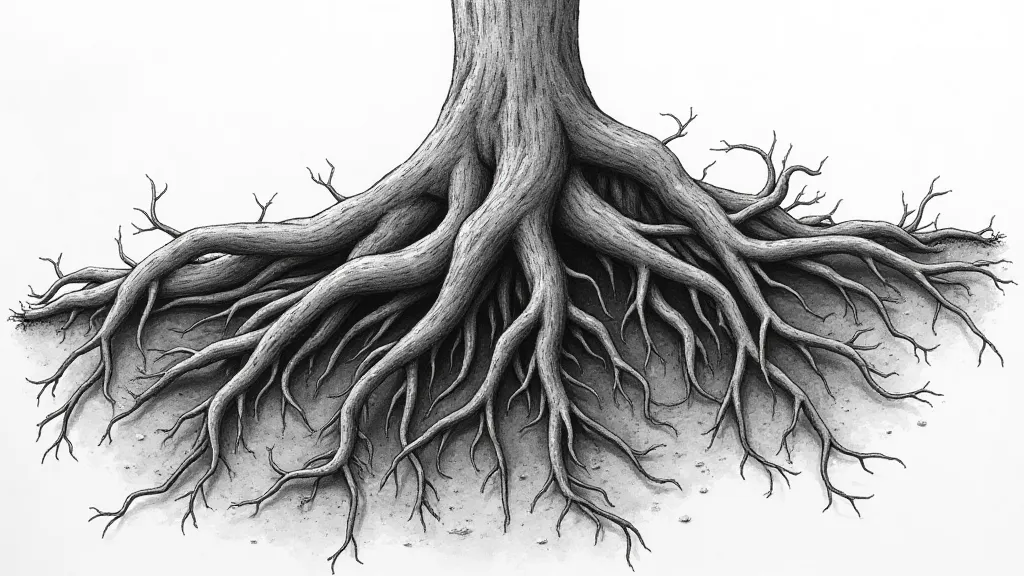
Combining Ink with Watercolor: A Gentle Embrace
While pen and ink alone can create stunning root system illustrations, consider experimenting with the addition of watercolor. A delicate wash of color can add warmth and softness to the drawing, complementing the crisp lines of the ink. Think of using subtle earth tones – ochres, siennas, and umbers – to evoke the feeling of the soil.
Apply the watercolor *after* the ink lines are dry. A light wash can be applied overall, or selectively applied to highlight certain areas. The ink lines will act as a resist, preventing the watercolor from adhering to them, creating a beautiful contrast. Don’t overdo the watercolor; the goal is to enhance the drawing, not to obscure it.
Alternatively, you could use diluted ink washes for a more monochromatic effect. Experiment with different dilutions to achieve different tonal values. This approach provides a seamless blend of ink and wash, creating a cohesive and visually appealing illustration.
The Patience of Observation: A Journey into the Earth
Illustrating roots isn't just about technical skill; it’s about patience, observation, and a deep appreciation for the natural world. It requires a willingness to slow down, to look closely, and to truly understand the intricacies of the plant. It’s a journey into the earth, a silent conversation with a hidden world.
As I’d learned from my instructor many years ago, roots don’t just support a plant; they tell its story. And through the careful application of pen and ink, we can give voice to that story, sharing the quiet beauty and resilience of these vital structures with the world. Each line drawn is a gesture of respect, a testament to the silent power that lies beneath our feet.
